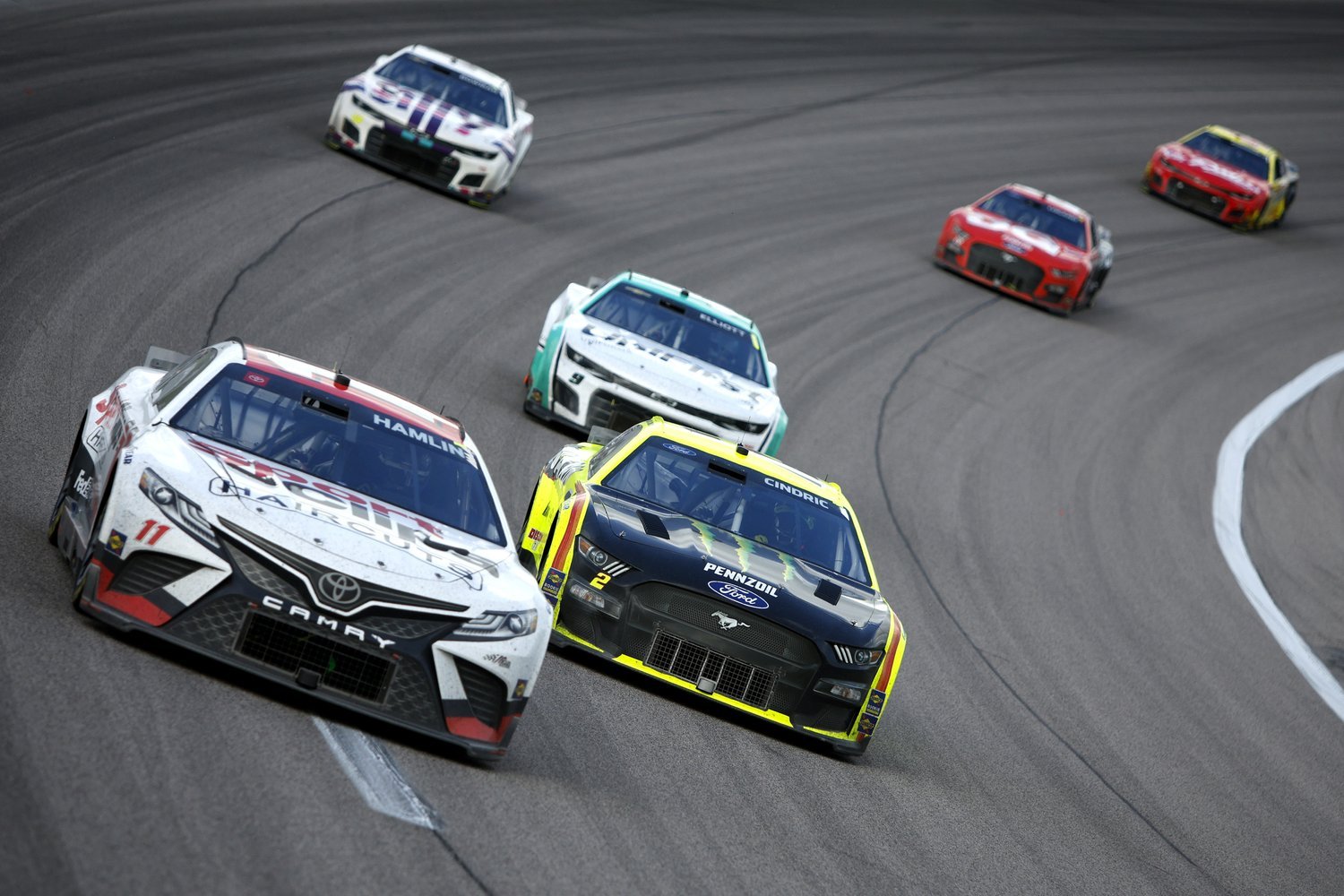VOLUME 17, ISSUE 2
NOVEMBER 2022
The Bizarre Origins of NASCAR
By Alexis Parashiv
NASCAR is an interesting niche in American pop culture. It is a phenomenon that does not test physical strength like other sports do, but instead skill and precision. Its rampant popularity does not go unrecognized; for example, many American pop culture phenomena, such as the famous Pixar franchise Cars, are based on NASCAR. But it does beg the question: Where did it come from? NASCAR is relatively young compared to the likes of soccer or football, so what sparked its creation?
It is quite an interesting story.
To begin, you have to look to the Prohibition Era in America—from 1920 to 1933—when all consumption, production, retail, and possession of any kind of alcohol was banned. Not surprisingly, the moonshine business—that is, illegal alcohol—blew up. In particular, the moonshine business was booming in the Appalachian Mountains. Most people in Appalachia were low-income farmers with their financial situations exacerbated by the Great Depression. However, beyond farming, people in the Appalachian Mountains had a keen skill for distilling, so when they could not afford to run their farms anymore, rural communities depended on making and selling moonshine for survival. Prohibition also opened up a brand new urban market. With this, Appalachians quickly realized the profit that could be made.
Regardless, these illegal distilleries were deep in backwater woods and they needed to transport their product into the urban market. So how would they get the moonshine in and the money out? That led to the need for people called Runners. Runners would do exactly as the word implied: take alcohol across state lines and bring the profit back without getting caught. In order to transport the alcohol discreetly, they utilized ordinary-looking cars to blend in, such as the popular Ford Coupe. Not only was it inconspicuous, it had a lot of storage space. But one quality of the civilian car trumped all its other features—modularity.
The Ford Coupe could be quite easily modified for stronger engines. Runners utilized this fact to create inconspicuous monster cars that were faster than any other car on the market. That especially became useful when they had to run from the authority of the law. These “Stock Cars” were so powerful, Runners outpaced police cars by miles. Eventually, Runners got competitive, and began to have competitions to see whose car was faster. With each race, more and more people would watch. It got so popular to the point that crowds of thousands were attending races at their local fairgrounds.
Yet it was not until 1947, years after the end of Prohibition, that the idea was conceived to create a standard for stock car racing. Bill France Sr. held a meeting in Daytona Beach, Florida with other professionals in the racing industry to discuss this possibility. It was on December 14, 1947 that the National Association for Stock Car Auto Racing, or NASCAR, was created. Just two months later in 1948, the first official NASCAR race was held, in which a famous racer by the name of Red Byron won in the iconic Ford Coupe.
The first race allowed any kind of car to be used, but in order to pay homage to their roots as well as stop any kind of unfair advantage, the only allowed car was the Ford. In addition, cars had to be stock cars. That is why cars in NASCAR today are car models you might see on the road instead of vehicular powerhouses like in Formula One.
NASCAR’s all-American origin is only proper for its place in American culture. Just like its beginnings, NASCAR is still the most watched sport in Appalachia. Despite NASCAR’s illicit origin, it has evolved into a national sport enjoyed by millions.
Information retrieved from “How Prohibition Gave Birth to NASCAR” (2018) from History.com, and “NASCAR History” from Nascar.com.

